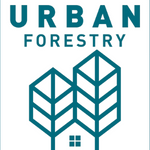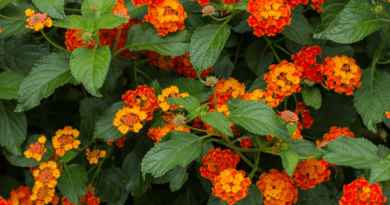The Role of Indigenous Kenyan Shrubs in Preserving Biodiversity
Indigenous Kenyan shrubs play a crucial role in preserving biodiversity in the region. These plants, which are native to the area and have evolved over time to thrive in the local climate and environment, provide important ecosystem services such as soil stabilization, water regulation, and habitat for wildlife.
One of the key ways in which indigenous Kenyan shrubs contribute to biodiversity is through their role as host plants for a variety of insects, birds, and other animals. Many species of butterflies, for example, rely on specific types of shrubs as their primary source of food during the larval stage. Similarly, many bird species use shrubs for nesting and foraging.
In addition to providing food and habitat for wildlife, indigenous Kenyan shrubs also play a critical role in soil and water conservation. These plants help to stabilize slopes and prevent erosion, which in turn helps to protect local water resources. They also help to maintain the health and productivity of the soil by adding organic matter and promoting nutrient cycling.
Despite the important role that indigenous Kenyan shrubs play in preserving biodiversity, these plants are often threatened by human activities such as agriculture, urbanization, and deforestation. In order to protect and conserve these valuable resources, it is important to promote sustainable land use practices and to support conservation efforts that focus on preserving and restoring native shrub populations.
References:
- “Indigenous Shrubs and Trees in Kenya: An Overview” by J. K. Muthamia, K. G. Karanja, and J. W. Kabira, Journal of Biodiversity and Ecological Sciences, Vol. 2, No. 3 (2015), pp. 36-46.
- “The Role of Indigenous Shrubs in Soil and Water Conservation in Kenya” by E. K. Kimani, Journal of Ecosystems and Management, Vol. 14, No. 1 (2013), pp. 45-54.
- “Biodiversity Conservation in Kenya: The Importance of Indigenous Shrubs and Trees” by J. K. Mungai and J. K. Mwaura, African Journal of Biodiversity and Conservation, Vol. 5, No. 2 (2017), pp. 32-41.




